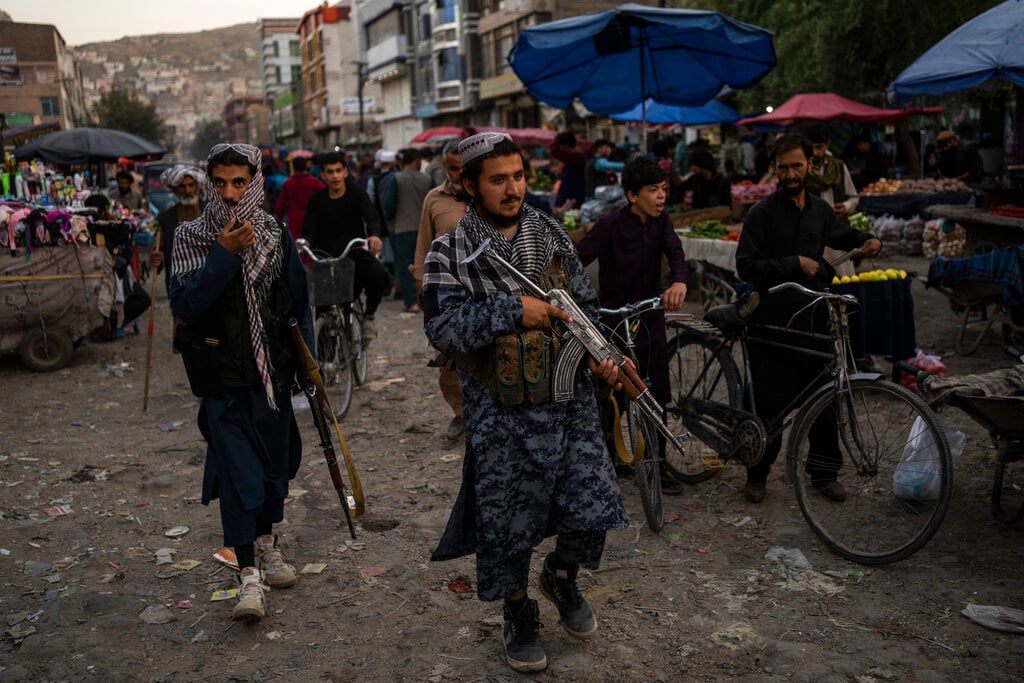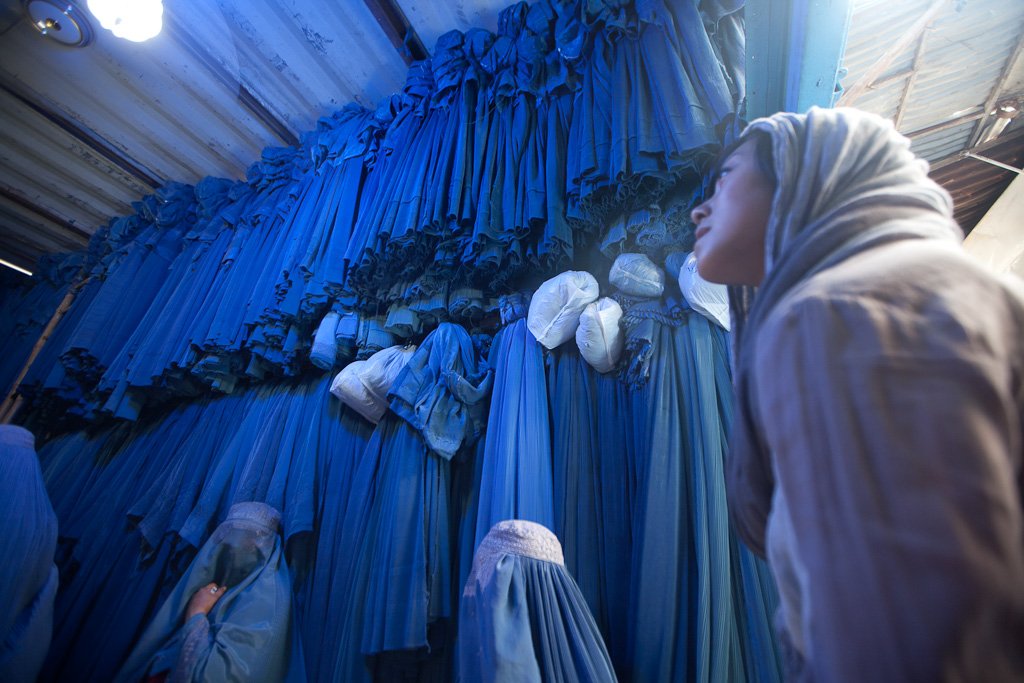Here’s a unique angle on the subject, focusing on the human consequences of the humanitarian crisis in Afghanistan and the delicate balance between international politics, aid restrictions, and the lives affected.
As Afghanistan’s political landscape has shifted under the rule of the Taliban, the country’s economic and humanitarian needs have become increasingly dire. Today, the World Food Programme (WFP) is sounding the alarm, revealing that it can only reach half of the millions of Afghans who are desperately in need of food. With cuts to international aid, a freeze on U.S. foreign assistance, and complex political dynamics at play, the situation is reaching a breaking point, and the most vulnerable are paying the price.

A Nation Teetering on the Brink
Afghanistan was already in a precarious position when the Taliban regained control in 2021. The subsequent freeze on development, security aid, and banking sector restrictions created a perfect storm of economic collapse, leaving millions at risk of extreme hunger and deprivation. The immediate response to this crisis was the infusion of humanitarian aid aimed at bypassing the government and reaching the most desperate populations.
However, as WFP Country Director Hsiao-Wei Lee recently explained, funding for Afghanistan has been dwindling steadily, as donors grapple with the complex reality of the country’s political regime, global emergencies, and concerns over women’s rights under the Taliban. With so many Afghans unable to access even basic sustenance, this reduction in aid has pushed the country to the edge of an even deeper crisis.

The Reality of “Bread and Tea”
In a stark interview with Reuters, Lee painted a harrowing picture of the current situation: “Many people are living on just bread and tea,” she said. For millions of Afghans, this has become the painful norm, with entire families surviving on minimal food. This reality is particularly harsh as the country endures its harshest winter in years, with food rations falling dangerously short.
In 2024, WFP was able to provide aid to just half of the 15 million Afghans in acute need of food assistance. With a looming funding shortage, more than 6 million people have been left without aid. The global community’s failure to meet these needs has pushed Afghan families to their limits—many are eating only once or twice a day, surviving on the barest of basics.
While many might imagine that such extreme conditions are confined to conflict zones, this level of hunger is widespread across Afghanistan, touching families from all walks of life. Lee’s comments about the widespread desperation highlight not just an issue of food, but of human dignity. The Afghan people, particularly women and children, are bearing the brunt of a global crisis that many had hoped would remain a distant nightmare.

The Global Disconnect: Competing Crises and Donor Fatigue
Afghanistan’s crisis is occurring amidst a world already overwhelmed by competing emergencies. The war in Ukraine, the turmoil in Sudan, and ongoing humanitarian needs in Gaza have taken center stage, drawing attention and resources away from Afghanistan. Donors, including major players like the U.S., have become stretched thin as they attempt to address multiple global issues simultaneously.
The recent decision by the U.S. State Department to pause foreign assistance and review its allocation of funds is one of the most recent blows to Afghanistan’s already fragile humanitarian landscape. With the U.S. providing over 40% of Afghanistan’s humanitarian funding, this freeze raises serious concerns about the country’s ability to continue receiving the aid it so desperately needs.
Lee emphasized that any reduction in assistance would have devastating consequences, particularly for women and children—two groups that are already facing immense hardships under the Taliban regime. It is these groups that rely most heavily on humanitarian organizations to meet their basic needs, and as aid continues to shrink, their futures grow ever more uncertain.
Navigating the Complex Terrain of Humanitarian Aid
The challenges facing the World Food Programme in Afghanistan are not just financial—they are deeply political and cultural as well. The Taliban’s restrictions on women, including orders that Afghan female NGO workers cease their employment, have led to tough decisions for humanitarian organizations trying to navigate the restrictions while still providing aid to those who need it most.
Despite these obstacles, the WFP has managed to continue reaching women and children with essential food and nutritional support. In some cases, humanitarian organizations have negotiated exemptions for female workers, especially in sectors like healthcare, where female personnel are vital to reaching women in remote areas. But these negotiations are increasingly difficult as international concerns over the Taliban’s human rights violations grow louder.
Lee’s role in Afghanistan has been described as a “rollercoaster” experience—an uphill battle to keep food flowing while facing shifting political tides. Yet, her steadfast determination to continue reaching Afghan families demonstrates the unwavering commitment of humanitarian organizations to help those in need, regardless of the challenges they face.

The Road Ahead: A Call for Action
The situation in Afghanistan is not just a matter of aid logistics—it’s a moral crisis. The country, its people, and its children are on the brink of a catastrophe that could have repercussions for generations to come. Afghanistan’s future depends not only on the immediate provision of aid but on long-term investments in sustainable development, economic recovery, and social stability.
While the international community grapples with competing priorities, it must remember that the people of Afghanistan cannot wait. The withdrawal of aid, driven by political concerns or donor fatigue, risks turning a moment of crisis into an irreversible disaster. It’s clear that if the world doesn’t act now—if aid isn’t restored and increased—millions of lives could be lost, not just from hunger, but from the broader social, economic, and psychological toll of abandonment.
Afghanistan’s story is not just one of survival—it’s one of resilience, hope, and the relentless desire of its people to rebuild. But they cannot do it alone. As the World Food Programme warns, the time to act is now. The world must step up before it’s too late.
What are your thoughts on the international community’s role in Afghanistan’s current crisis? Do you think more can be done to address both the political and humanitarian needs?










